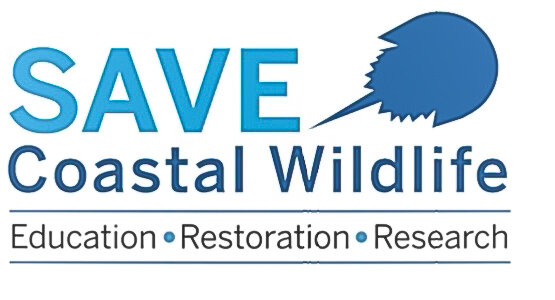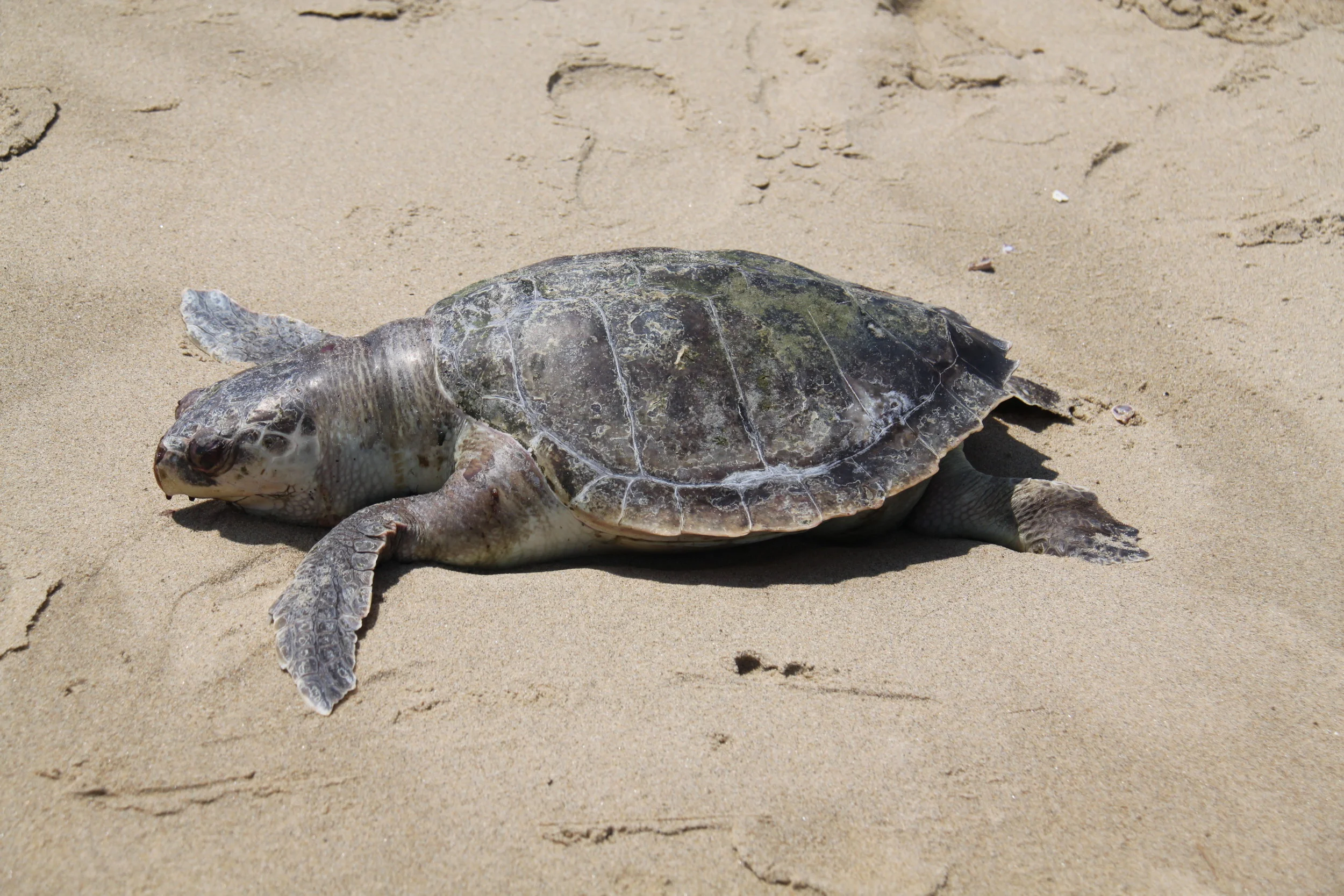Save Sea Turtles Along the Jersey Shore!
A juvenile loggerhead sea turtle found dead in 2012 along Sandy Hook Bay, NJ
Of The Seven Species Of Sea Turtles Found Around The World, Four (4) Species Are Commonly Seen In Northeast U.S. Waters, including along the Jersey Shore.
These Include The Green, Kemp's Ridley, Leatherback, And Loggerhead. All Of Which Are Listed And Protected In The United States Under The Endangered Species Act.
Sea turtles (superfamily Chelonioidea), sometimes called marine turtles, are reptiles that live in the oceans except for the polar regions.
Graphic from NOAA Fisheries/Galveston Laboratory
The seven existing species of sea turtles living around the world are: the 1.green, 2. loggerhead, 3. Kemp's ridley, 4. olive ridley, 5. hawksbill, 6. flatback, and 7. leatherback.
The flatback sea turtle is found solely on the northern coast of Australia.
A Kemps Ridley Sea Turtle found dead in Port Monmouth, NJ in 2010. Kemp's ridley sea turtles, also called the Atlantic ridley sea turtle, is the rarest species of sea turtle and is critically endangered.
Kemp’s ridley turtles are the smallest marine turtle in the world. The species is named after Richard M. Kemp, a fisherman from Key West, Florida, who first submitted the species for identification in 1906.
The Kemp’s ridley turtle is the rarest and most endangered of the sea turtles species. The Kemp's ridley turtle is found solely in the Gulf of Mexico and along the East Coast of the United States. Kemp’s ridleys were once abundant in the waters of the North Atlantic and Gulf of Mexico. According to the U.S. Fish and Wildife service: “Its numbers precipitously declined after 1947, when over 40,000 nesting females were estimated in a single beach in Mexico. The nesting population produced a low of 702 nests in 1985; however, since the mid-1980s, the number of nests laid in a season has been increasing primarily due to nest protection efforts and implementation of regulations requiring the use of turtle excluder devices in commercial fishing trawls. The decline of this species is primarily due to human activities, including the direct harvest of adults and eggs and incidental capture in commercial fishing operations. Today, under strict protection, we are cautiously optimistic that the population is on its way to recovery.”
Most Kemp’s widely nest near Rancho Nuevo, Mexico. But adults and juveniles will wander northward along the Atlantic coast of North America as far north as Nova Scotia and Newfoundland during the non breeding season to forage on crabs, small fish, seaweed, and to also scavenge on dead fish and discarded bycatch.
Sea Turtles Really Do Call the Jersey Shore Home!
Many people don’t realize that each summer, hundreds of sea turtles make their way in the ocean seeking food from tropical waters to cooler coastal waters north of the Carolinas, including as far north as Newfoundland, Maine, Massachusetts, Connecticut, New Hampshire, New York, and New Jersey.
While sea turtles don’t nest north of the Carolinas, several species of adult and juvenile sea turtles spend summers and early fall along the mid-Atlantic and northeast coast to feed on a rich assortment of crabs, jellies, and algae.
Population dynamics and habitat use of different sea turtle species along the Jersey Shore is still poorly understood. More research needs to be done to determine the degree to which the coastal waters and estuaries of New Jersey play in providing a foraging habitat and migration corridor. Surveys need to be accomplished soon that can accurately determine where sea turtles are located, how many individuals are present at any one time, and during what time of year different species of sea turtles can be found along the Jersey Shore. Only with valid and sound information can the State of New Jersey properly protect our sea turtle population.
THREATS TO SEA TURTLES:
Loggerhead Sea Turtle
Sea turtles face many threats and are in decline. It’s estimated that only 1% of sea turtles survive until sexual maturity at the age of 30 to 50 years, depending on the species.
Unfortunately, sea turtles share coastal waters with many risks that threaten them with extinction , including floating plastic bags, boat strikes, seawalls and other barriers to nesting beaches, lights that are visible to nesting beaches that confuse and kill hatchlings, global turtleshell trade, coastal development, and floating fishing line and debris.
Along the Jersey Shore, some of the main threats to Sea Turtle survival include:
Some Easy Actions to Protect Sea Turtles?
Reduce marine debris (especially plastic waste including plastic bags) that may entangle or be accidentally eaten by sea turtles.
Participate in coastal clean-ups and reduce plastic use to keep our beaches and ocean clean. Trash in the ocean can harm sea turtles and other creatures that live there.
Carry reusable water bottles and shopping bags. Refrain from releasing balloons and using plastic bags, they'll likely end up in the ocean where sea turtles can mistake them for prey and consume them.







